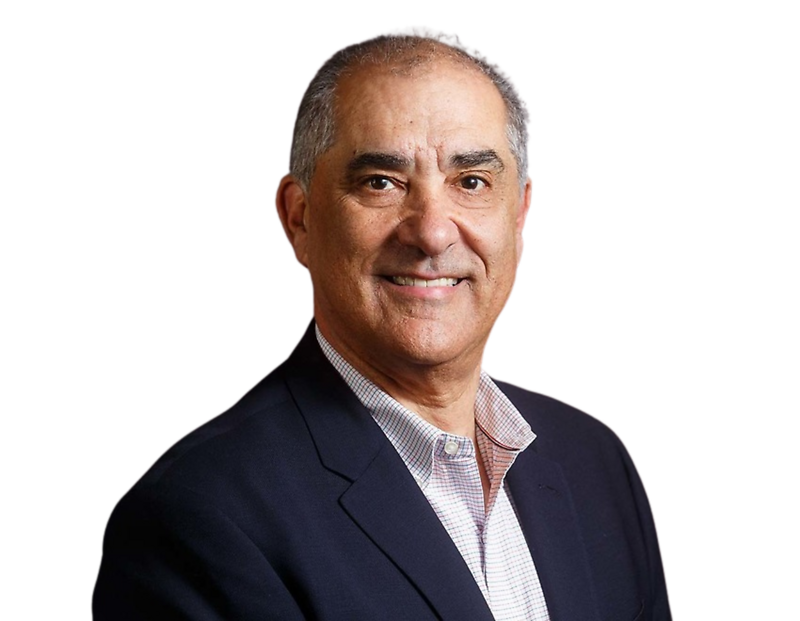During college, law school and the first few years of my practice, I never gave much (ok, any) thought to taking a break from work. I was too focused on developing a career. Planning to not work – apart from the very distant notion of retiring someday - never really dawned on me. In the abstract, I had formed a belief that being a professional woman would somehow provide me with options if and when I ever wanted to exercise them. So, sure, if I could afford to take a few years off after maternity leave and return to work once my future children reached elementary school age, I could do that. But, what I didn’t appreciate was how difficult it could be to exit and then return to my profession once I had my own clients and was responsible for my own workload. Where would my value lie if all of my clients were transitioned to other attorneys during my absence? What would I come back to? Realistically, could I ever really take extended time off from work and return to the career that I was working so hard to build?
Fast forward a few years (ok, maybe more than a few) and this has become a very familiar topic of discussion among my friends who work in a variety of fields. It seemed, somehow, to catch many of us off guard that professional success and tenure made it difficult to take a prolonged break from work and return to our careers. Sure, we would expect to find employment, but could we ever return to roles that were comparable to the ones that we had before?
Regardless of the personal decisions ultimately reached or paths taken, questions about whether it would be possible to successfully return to the workforce after a significant break are important – and I think that women especially should be asking these questions and considering these issues much earlier in our careers – before our 30s.

It is a fact that more women than men leave the workforce to care for a parent, spouse or child, and there are many other reasons professionals take extended leaves like military service, extended volunteer work, personal illness, sabbatical, or extended once-in-a-lifetime opportunities. So, whether planned or not, the possibility of a leave of absence exists for many women. It seems prudent, then, that our arsenal of career development tools and plans includes doing what is necessary to ensure a successful return from an extended leave should we ever need or want to take one.
A while back I was forwarded this video link to a November 2015 TED Talk given by career reentry expert Carol Fishman Cohen:


Within her TED Talk, Ms. Cohen discusses “relaunchers,” a term she uses to describe individuals who are looking to rejoin the workforce after long career breaks – whether the breaks were taken to raise children, due to personal illness or as a caregiver leave, for military service, for school or, increasingly, due to retirement, as many retirees find themselves looking to “un-retire.” The focus of Ms. Cohen’s talk was on the value of relaunchers in the workforce, and she shared some insights for a successful “relaunch.”
Ms. Cohen addressed two main concerns that employers have when hiring relaunchers. The first is the concern that relaunchers are technologically obsolete. The second main concern is that employers may perceive that relaunchers do not know what they want to do, or are insufficiently “committed.”
To combat these and other concerns head on, here are some tips for successfully transitioning back to work after an extended leave:

Lead the transition. Talk with your supervisors, partners or co-workers about your expectations and intentions to return. To the extent you are able, participate in the transitioning of your clients or work to trusted co-workers prior to your leave. Make the change as seamless as possible for your clients and colleagues – leaving your clients and work in good hands while you are away, with the expectation that you will be returning.
Don’t completely disappear. The more you maintain some professional presence and contacts while on leave, the easier it should be to jump back into the workforce – whether with a former or new employer. Be on leave, but never completely “leave.”
Remain “in the know.” Stay current with industry trends and developments through industry resources, memberships and updates. Stay current technologically. To the extent possible, continue to be seen as a valuable resource/leader. Specifically schedule and dedicate time to staying current on industry news, technology and trends, and providing useful information to colleagues and clients – you will be more even impressive to your peers and colleagues, they will believe your intent to return, and you will gain a boost of confidence upon your return.
Update your resume and online profile. Things may have changed since you last updated your resume, so do some research into current resume-writing techniques. Have it reviewed by someone in your field whom you trust, and have your resume ready to forward when you reconnect or seek to explore any job opportunities. Also, establish or update your professional online profiles, including your LinkedIn page.
Get back in the work habit. Get used to working with other people and at someone else's pace again. Volunteer work, whether it’s helping out at a school, charity, or place of worship, can re-accustom you to being at a certain place at a certain time. As already noted, skills-based volunteer work can provide a boost to your resume and demonstrate your current skills and level of motivation.
And, of course, network. Networking is the best way to keep job potential in the pipeline. Let your family, friends and network know when you are ready to return to work, and periodically network your business contacts while on leave. If you have contacts in your desired field, ask them for advice. Talk to your friends, family and former employers and colleagues. Practice your career pitch and “elevator speech” on friends and family. Use social networks such as Twitter and LinkedIn. The most crucial message to deliver when you’re re-entering the workforce is how you can’t wait to return to work.
You can find more helpful advice here: “Returning to Work After an Extended Leave of Absence” and “How to Get Back to Work after a Break – With Confidence” both by Robert Half,
and “How to Reenter the Workforce As If You Never Left" by Christy Eichelberger

Skills-based volunteerism is another option for relaunchers. Skills-based volunteerism permits individuals to apply their professional skills, experience and education at non-profit or community organizations. Benefits include the continued development of professional skills and current, on-the-job experience on a short-term project basis – which is a great way to gain experience with an organization that you may seek employment with, to add to a resume, to demonstrate current, transferrable skills, and to build your professional network.
Ms. Cohen strongly believes that relaunchers can be “gems of the workforce,” in part because they are often in a more settled time of life, have great work and life experience, and are enthusiastic about returning to work precisely because they had some time away. In fact, there is a growing trend, according to Ms. Cohen, in which companies are embracing reentry internships and programs by providing a trial period before hiring full time - thereby removing the perceived risks (and possibly stereotypes?) associated with hiring relaunchers. In addition to reentry internship programs, many companies also offer veterans reentry programs and other short-term paid work opportunities. If an employer does not already offer such programs, Ms. Cohen recommends that relaunchers suggest them.
Finally, Ms. Cohen made a statement that really struck a chord with me: “People’s view of you is frozen in time.” When you get back in touch with people from the past - the people you worked with or went to school with - they will remember you as you were before the career break – regardless of how you currently think of yourself. That can be a great confidence boost. But it also triggered for me the idea that planning for re-entry should begin before you ever leave. By building a professional reputation, network and personal “brand” within your office and/or chosen profession while employed, not only will you be advancing your current professional interests, but you will be laying the foundation for a successful return to the workforce should you ever take an extended leave in the future.
Also on Sharpen Your FOCUS: Perspectives on Workplace Diversity
Sharpen Your FOCUS offers timely insights into the legal and practical dimensions of DEI, accessibility, and belonging in the workplace. Drawing from both employer and employee perspectives, we explore emerging topics, shifting legal interpretations, and the real-world impact of inclusive leadership. Thanks for joining the conversation.


















